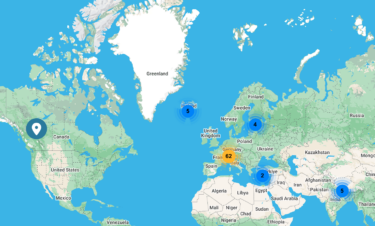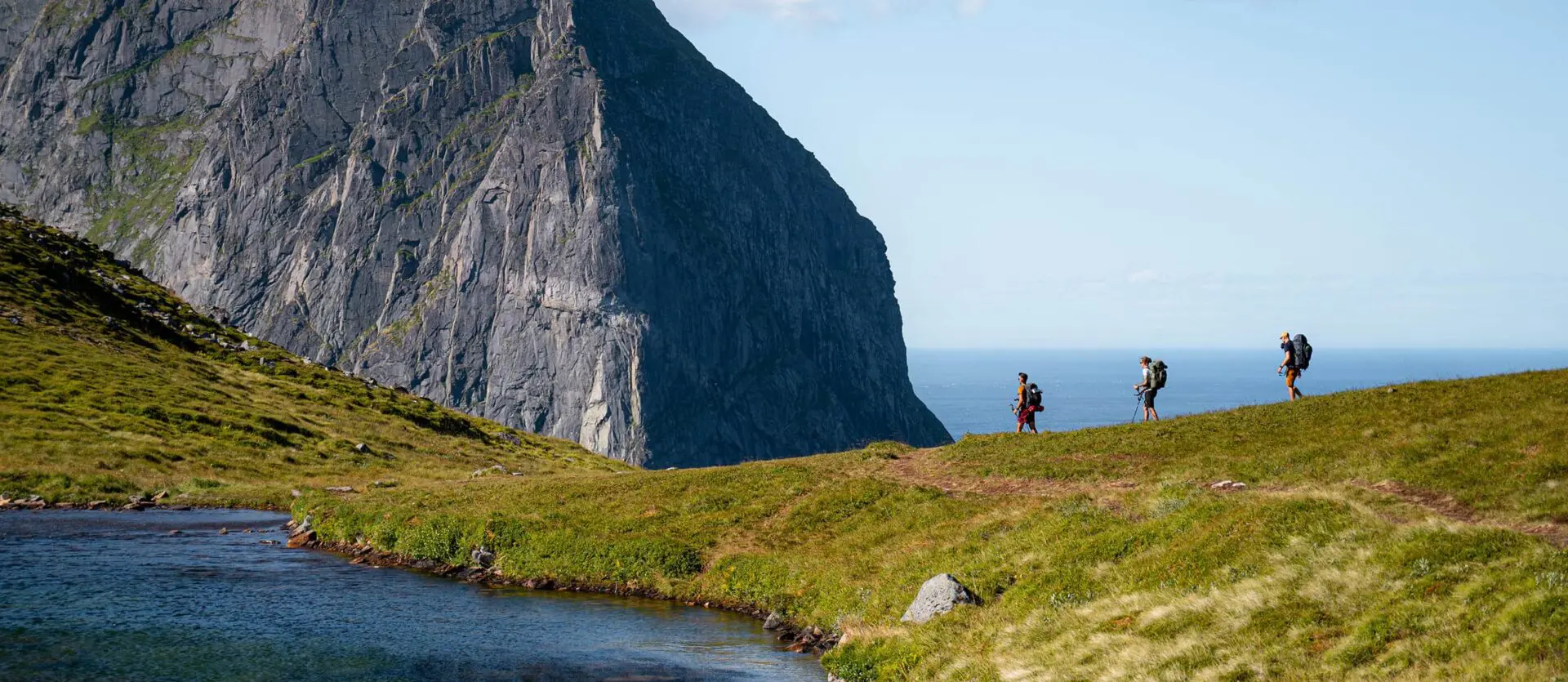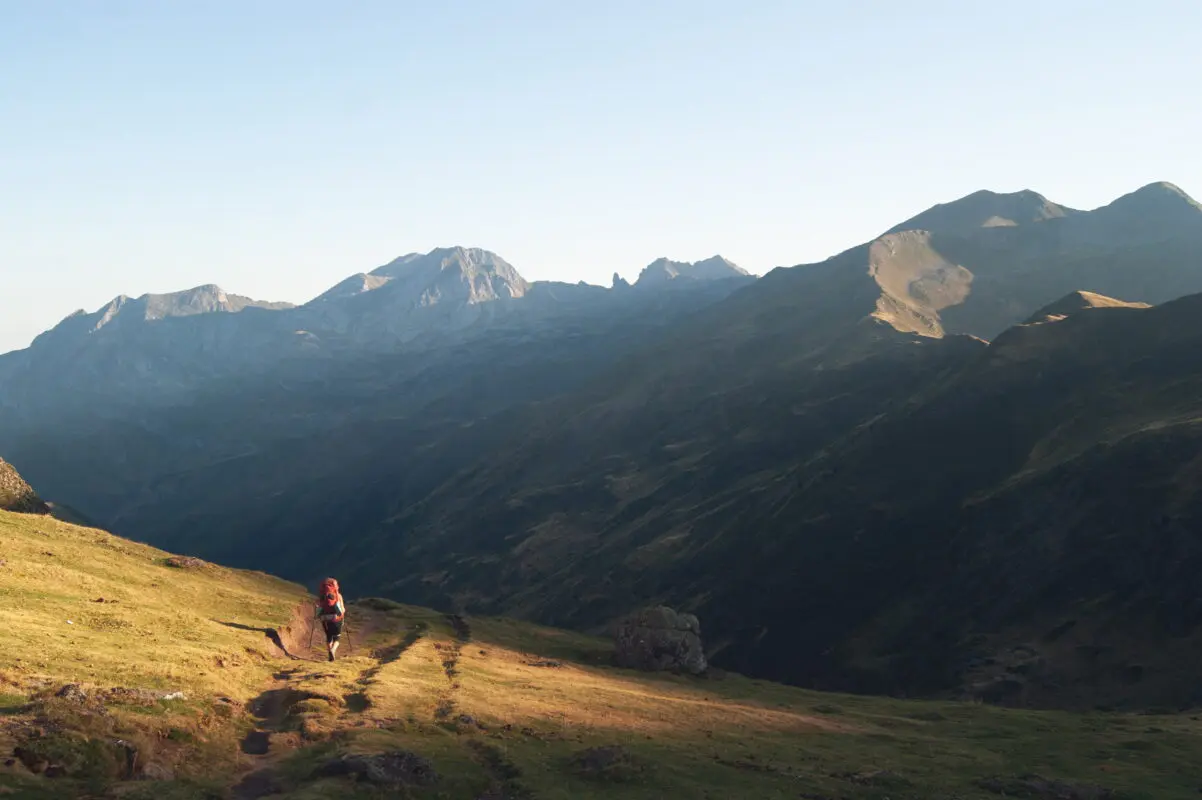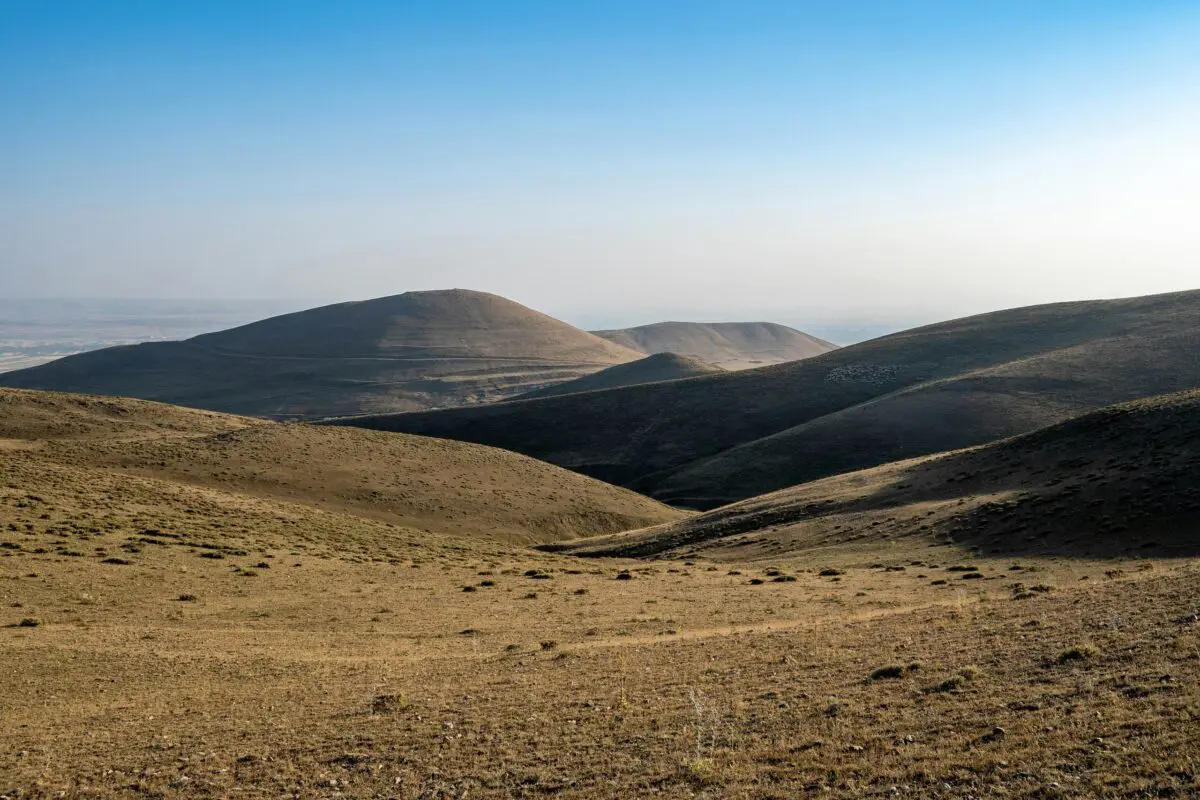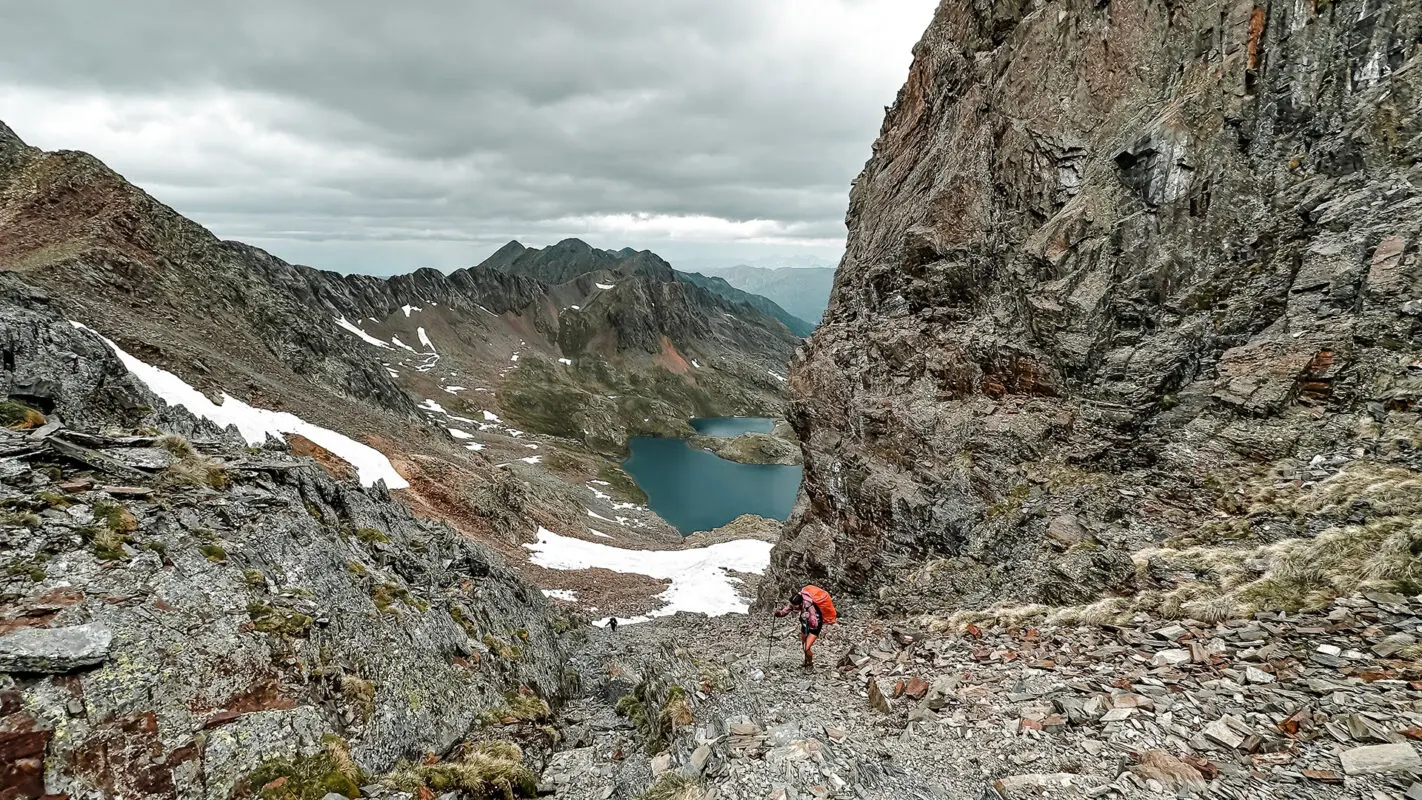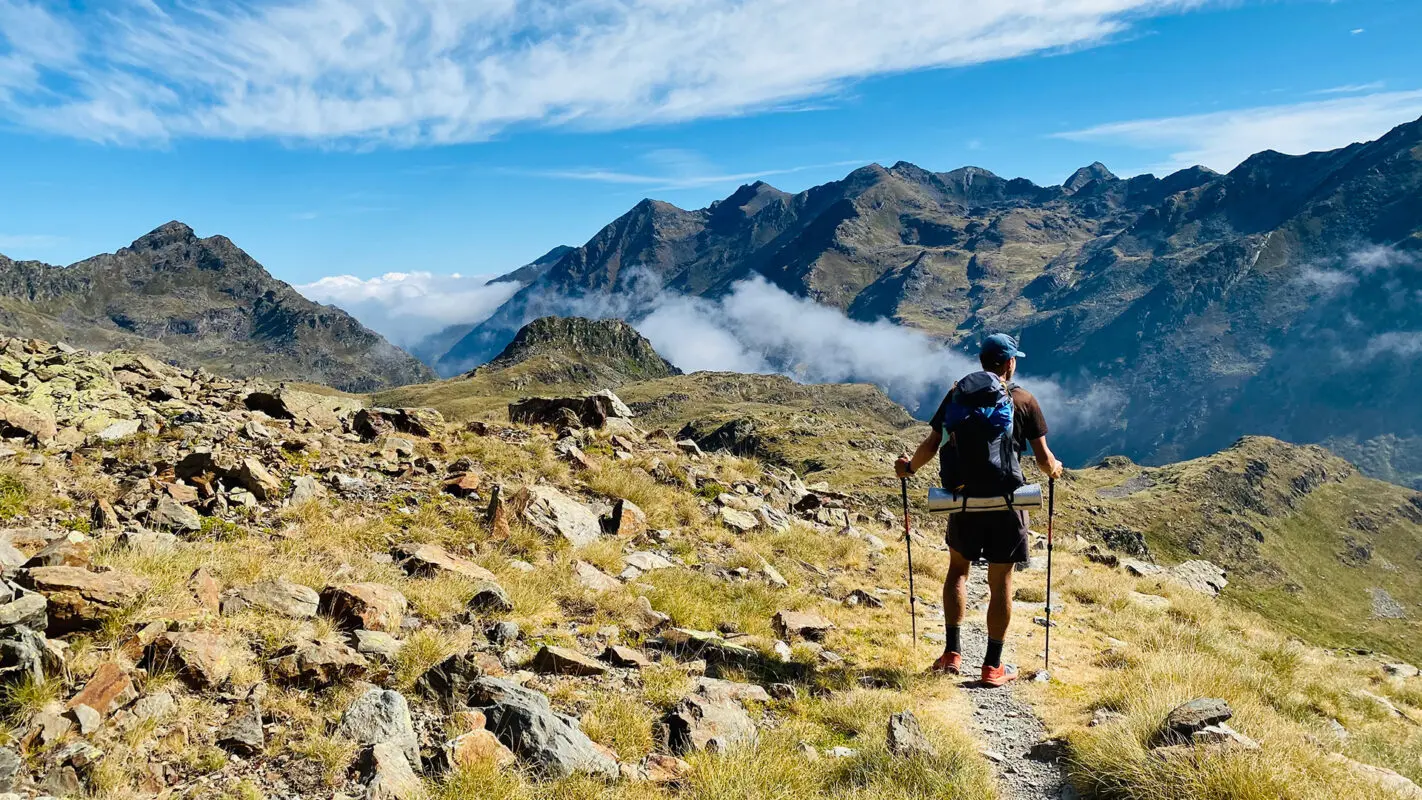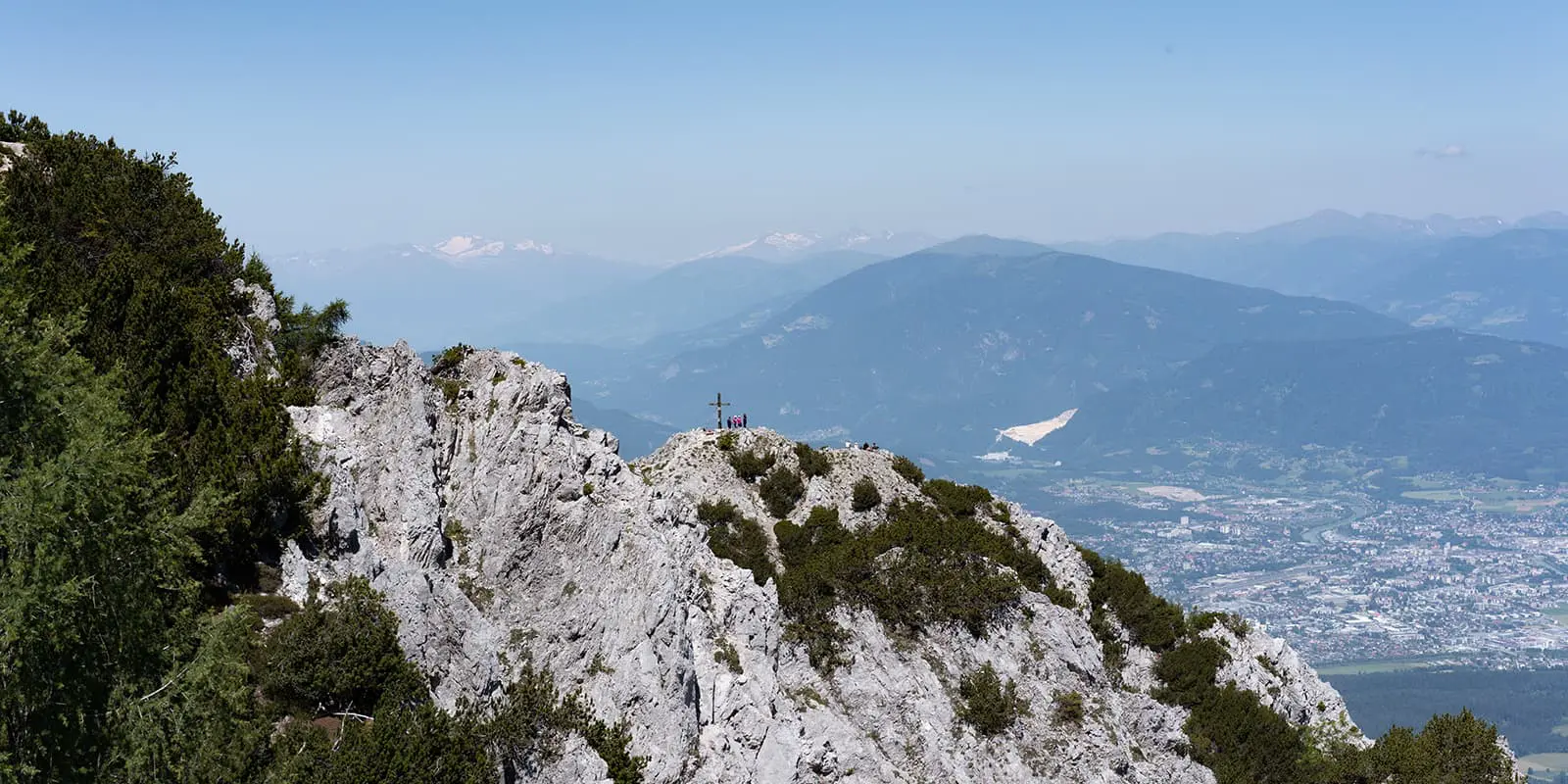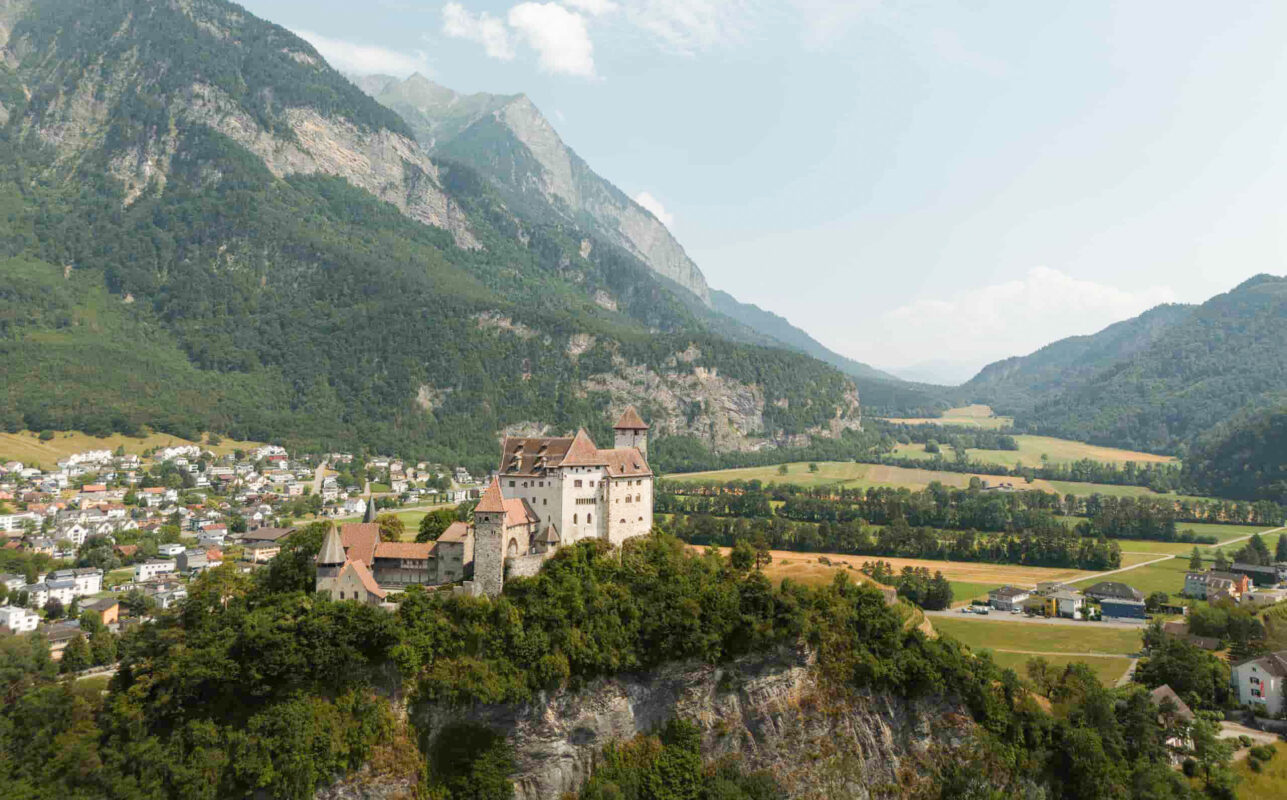Thru-hiking culture
Thru-hiking culture is known for its strong sense of camaraderie and a shared spirit of adventure. Thru-hikers often form trail families (or “tramilies”) along the way, supporting each other through the challenges and celebrating milestones together. The culture emphasizes minimalism, self-reliance, and respect for nature.
Trail names are also a unique aspect of thru-hiking culture. People often adopt or are given nicknames that reflect their personality, hiking style, or a memorable incident on the trail. These names become an integral part of their trail identity and can be quite silly, keeping the youthful spirit of the culture at the forefront of interactions.
For thru-hikes that are mostly remote, resupply points and trail towns play a crucial role in the thru-hiking experience. Resupply towns are especially popular in the United States and New Zealand, where hikers can rest, replenish their supplies, and connect with the local community. Many towns along popular trails are very hiker-friendly with amenities and services tailored to the needs of long-distance hikers.
Popular thru-hiking trails
The Appalachian Trail (AT) is over 3,536km from Georgia to Maine in the United States. The AT is one of the most iconic long-distance trails in the world. It goes through 14 states, each with its own diverse landscapes from the southern Appalachians to the ruggedness of New England. The trail is well-marked and supported by a network of shelters and hostels.
The Pacific Crest Trail (PCT) is 4,270 kilometers across the United States from Mexico to Canada. The trail takes you through some of the most beautiful environments, including deserts, the Sierra Nevada, and the Cascade Range. The trail has lots of different climates and ecosystems, which makes it both a challenging and rewarding journey.
The third major thru-hike in the United States is the Continental Divide Trail (CDT). This trail is approximately 4,873 kilometers along the Continental Divide, also from Mexico to Canada. It passes through five states: New Mexico, Colorado, Wyoming, Idaho, and Montana. The CDT is the most remote and rugged of the major U.S. long-distance trails, which makes it a true wilderness experience with fewer established facilities. This, combined with the PCT and the AT, make up the legendary “triple crown” of thru-hikes in the United States.
Te Araroa, meaning “The Long Pathway,” is a thru-hike in New Zealand that stretches about 3,000 kilometers from the northern tip of New Zealand’s North Island to the southern tip of the South Island. This trail has very different landscapes, including beaches, forests, mountains, and urban areas. It’s a cultural journey as much as a physical one, wherein you will experience the unique Maori culture and New Zealand’s beauty.
Unlike the wilderness-focused trails in the U.S., the Camino de Santiago is a network of pilgrimage routes leading to the shrine of the apostle Saint James in Santiago de Compostela. The most popular route, the Camino Francés, is about 800km long and passes through picturesque villages, historic cities, and beautiful countryside. The Camino is known for its strong sense of community among hikers, or “pilgrims.”


